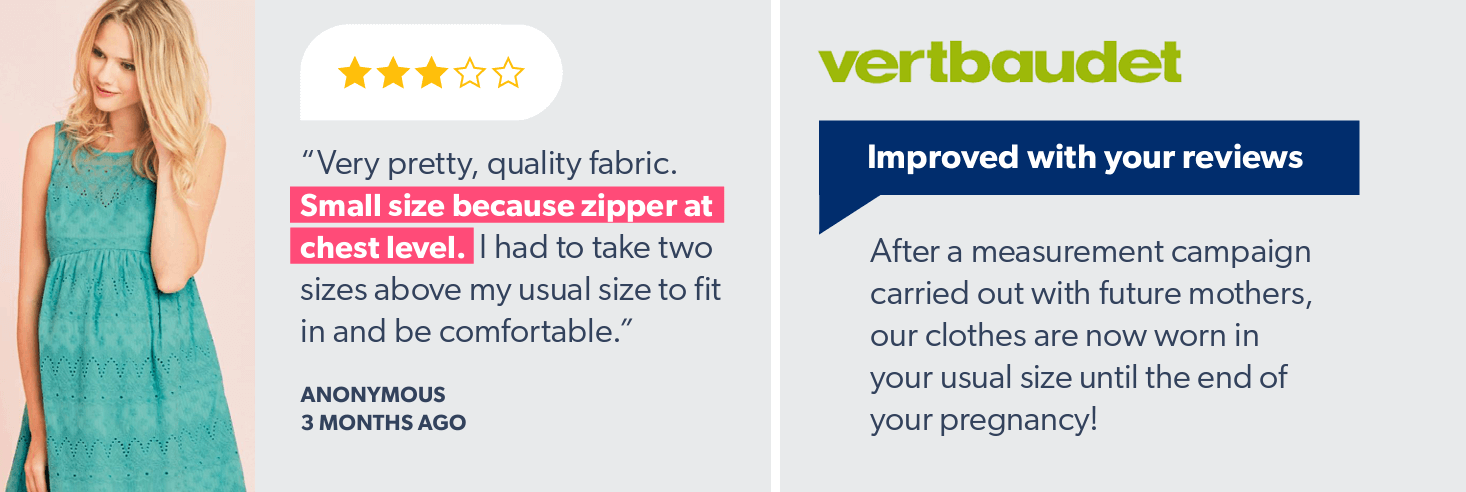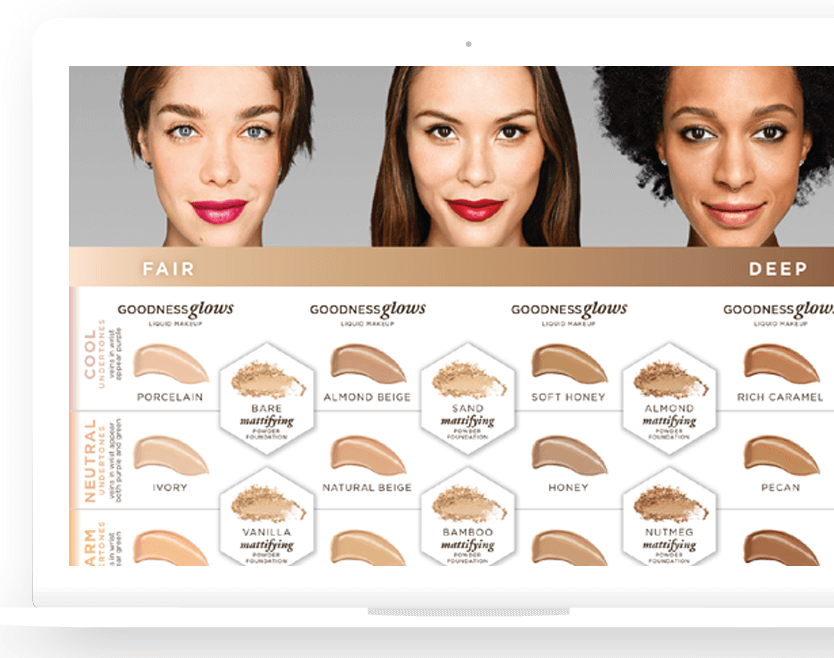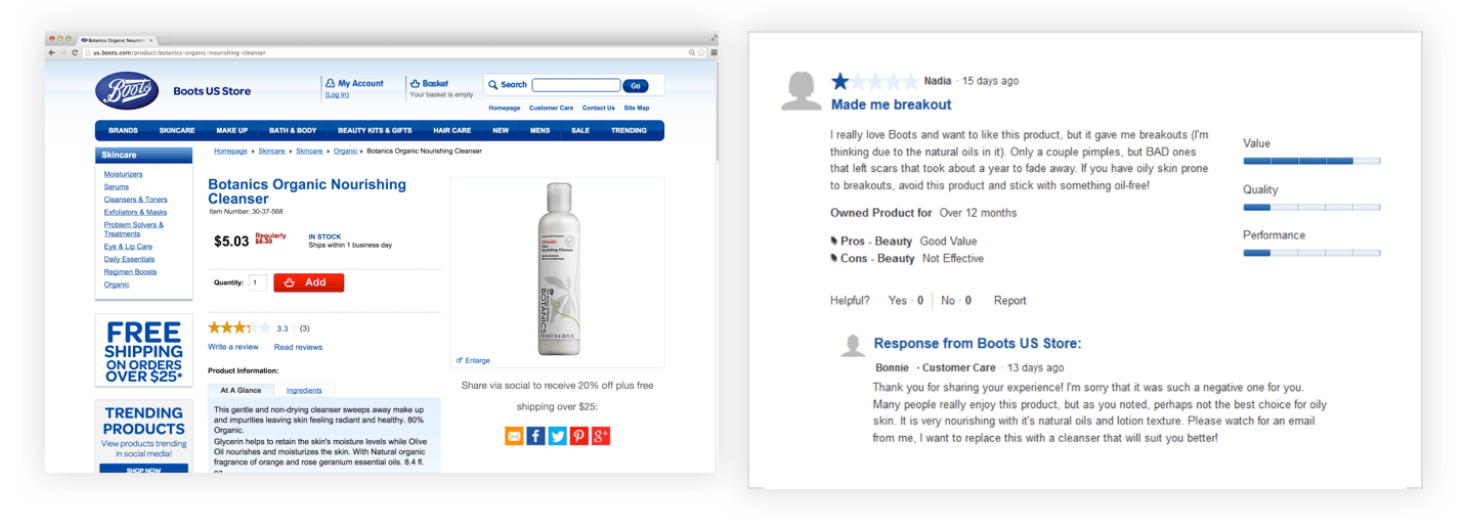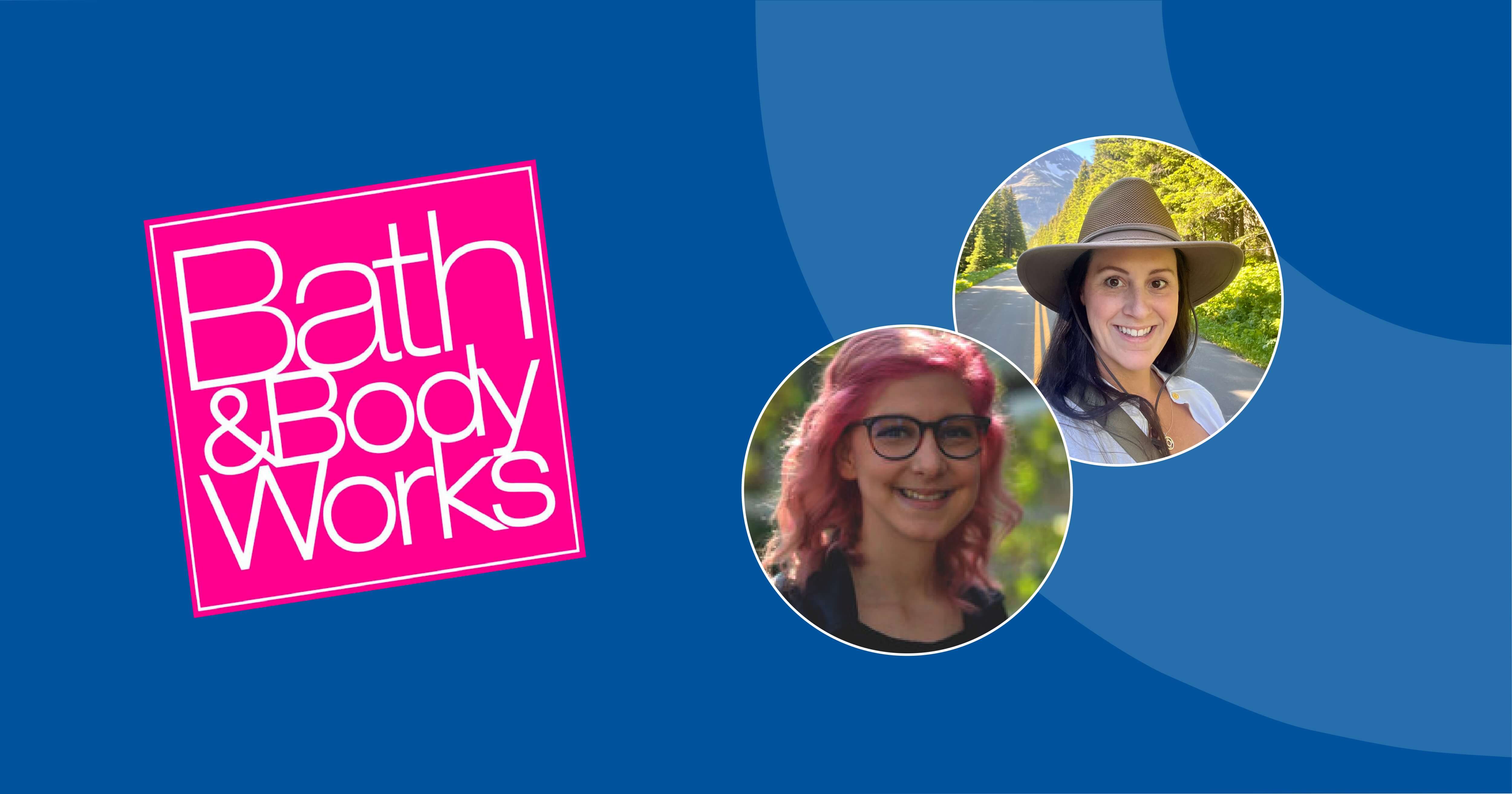February 20, 2023
Today’s shoppers are difficult to nail down. They likely interact with your products in numerous ways, across social media, email, online, and in store. It’s hard enough to track a customer’s interactions with your brand, let alone learn any insights about them along the way.
Understanding your customers — who they are, how they shop, what they like or don’t like about your products — is critical to your business success. Customer data and insights should inform how you build marketing campaigns, design your products, and grow your business.
Building a customer insights strategy
That being said, it can be difficult for brands (particularly those with few or no direct consumer touchpoints) to learn about their customers. This article will walk through three initial steps your brand can take to build a customer insights strategy, followed by how to turn insights into action.
Or you can skip down to our short masterclass on the subject instead.
1. Listen to your customers
Your customers are out there talking about your products and your brand. On social media, to their friends, in product reviews. The question is — are you listening?
The first step to learning about your customers is to find where they’re having conversations. Social media is always an important place to look — does your audience flock to a particular TikTok trend? Are followers leaving comments on your Instagram photos? Are individuals making YouTube videos about your products? Take time to search for brand and product mentions across social media and the web.
A second place to look for your customers’ conversations: product reviews. Whether on your own website or on a retailer’s, ratings and reviews are a goldmine for insights about how consumers use, buy, and feel about your products.
“My first step is to go through our product reviews at our major retailers to see what our customers were saying. This is a huge leg of social listening for me. The other part is going onto social media to see what people are saying. Learning what your customers are saying can be hugely beneficial when it comes to refining your overall positioning
Eric Pearlman, Executive Director of Marketing, Flexon Industries
When first building a customer insights strategy, it’s important to listen first, act second. Take in as much available information as you can from existing sources, whether that’s CRM data, social media, products reviews, or basic Google searches.
2. Ask for feedback
Once you establish an ongoing method of social listening, consider how your brand can supplement with direct feedback from customers. There’s a number of ways you can acknowledge your customers, ask for their feedback, and begin to build a better picture of how they feel about your products.
- Customer satisfaction surveys: Online tools like SurveyMonkey and SurveyGizmo offer reasonably priced, easy-to-use services that make it easy to get the feedback you need
- Direct mail: This traditional tactic provides direct feedback you might not get over social media since you can ask for exactly what you want to know
- Customer interviews: Direct interviews can also be a powerful way of learning more about your customers. According to eMarketer, 54% of marketers said they relied on current customer interviews when developing buyer personas
- Social media polls: Social media polls are a quick, free way to get a pulse on what your followers think, and they boost your follower engagement
- Focus groups: Similar to one-on-one interviews, focus groups tend to give you a more comprehensive, multilayered output than what you can collect from polling or interviews.
- Q&A: Give consumers a permanent space to provide feedback on your products. If you don’t already, implement a questions and answers feature on your product pages (if you sell your products through a retailer, consult with your merchant to understand how these features are used on their product pages)
3. Acknowledge feedback and open up a dialogue
To quote the age-old relationship advice, communication is key. It’s one thing to take in information about and feedback from consumers, and another to develop an appropriate response.
Collecting and analyzing customer insights is often a long process, unless you have the right tools. Depending on what you learn, you may not be able to make any necessary changes or craft the appropriate response right away.
Consumers simply want to know that you’re listening. While you’re analyzing and digesting the information you collected from any of the above methods, it’s necessary to acknowledge consumers’ responses.
Upon receiving feedback or information from a consumer, thank them for their response and acknowledge that you will take the time to consider all feedback. This simple initial acknowledgement lets consumers know that you care about their interaction. You can go further by keeping the lanes of communication open, whether that’s on social media or via a customer service channel, let consumers know how they can reach you at any time.
Once you’ve collected data and feedback from your customers, the next step is turning these insights into action. The next part will walk through examples of how both positive and negative feedback can lead to opportunities to better serve and engage your customers.
Turning customer insights into action
Understanding your customers — who they are, how they shop, what they like or don’t like about your products — is critical to your business. Customer data and insights should inform how you build marketing campaigns, design your products, and grow your business.
So far, we’ve walked through the three steps for collecting customer insights. Once you’ve collected data and feedback from your customers, the next step is turning these insights into action. Below are three examples of how both positive and negative feedback can lead to opportunities to better serve and engage your customers.
4. Mine customer pain points to identify new opportunities
Whether it’s an incomplete product description or a packaging issue, customer pain points open up a plethora of opportunities because they allow you to see where you can better serve your shoppers. When analyzing your product reviews, question and answers content, social media, and other feedback, are certain pain points emerging again and again? We’ve seen time and time again that
For example, Vertbaudet, a leading European retailer of baby and children’s clothes, shoes, maternity wear, school wear, and nursery items, tapped into the customer insights found in the reviews of its products.
For one maternity line in particular, customers were leaving reviews that the cut was too small. Concerned by receiving the same feedback over and over, Vertbaudet fixed the cut and gained a 12% increase in revenue thanks to the amendment.

Similarly, beauty brand Burt’s Bees used insights from user-generated content (UGC) to make improvements to their website. Based on customer feedback, they identified the need to add a foundation shade finder tool, making it easier for customers to pick the right product based on skin tone.

The company also revamped product description pages, adding larger product images and moving star ratings higher up the page to increase visibility of UGC.
“Gathering learnings and understanding our customers and their shopping behaviors based on early feedback helped inform changes to our site that made it easier for cosmetics customers to find what they were looking for.” — Taylor Steele, Assistant E-commerce Manager, Burt’s Bees.
What are your customers saying? Do they wish your products came in more colors? Are they telling you that the product description doesn’t match their purchase? Are they using your product in an unexpected way? Look for recurring pain points and areas of feedback — these can often lead to opportunities to better refine your products or even create new ones.
5. The positive power of negative feedback
Despite how difficult it may be to receive negative feedback, it’s where you can find some of your most helpful customer insights. A powerful customer reaction is often a sign that something is amiss.
Responding to negative reviews is an opportunity for engaging with consumers and identifying potential product improvements. Instead of trying to suppress negative reviews, companies and business owners should embrace them. Not only is it authentic, it’s what consumers want.
Brands are starting to take note, too. Retail giant Boots actively started responding to negative reviews it received on its website to turn unhappy customers into advocates.
“Responding to negative reviews gives us the chance to shift the way the customer feels toward us based on the way we handle their concerns…we respond to reviews to get involved in a conversation with our customers.” — Bonnie Berrio, Customer Service Specialist, Boots Retail.
This strategy led to a 186% increase in intent to purchase for the brand.

Beyond this positive engagement, the best brands listen to feedback and make the changes necessary to solve customer issues. For example, The Container Store noticed a trend in feedback about one of its products.
“We started seeing a trend of customers saying in reviews that they wished our shoe boxes were taller, so they could use them to store high-heeled shoes upright. As a direct result of customer-review feedback, we started offering a tall shoe box, and it’s been a major hit from the get-go by every metric imaginable.” — Patrick Burk, Customer Content Manager, The Container Store
All feedback, negative and positive, has an important place in the customer experience. Brands who respond to and take action on negative feedback will build trust with their customers and improve future products.
6. Understand what makes people love you
On the flip side, positive customer feedback shines a spotlight on the areas of strength for your brand. Pay attention to what customers like — how can you keep that going or double down on it to create new products that will be similarly loved?
Not understanding why customers love your product can be just as detrimental as ignoring negative feedback. Nestle Canada discovered this when they changed the ingredients of a beloved iced tea product. After the recipe was changed, customers vocally rebelled (and rebelled with their wallets, too).
Not long after the new version went on sale, the company received negative reviews and complaints, and the product rating dropped to 1.7 stars. The customer experience team fed the feedback to other stakeholders and the recipe was quickly reverted back to the original — going from 1.7 – 4 stars in the process.
Elevate your marketing strategy with customer insights
Once you can discern why your customers like your brand, you can continue to deliver positive experiences and build brand loyalty.
Customer insights combine data, market research, and sentiment to give your company a look into how your brand and its products are perceived by shoppers. The best brands constantly collect customer information and feedback, digest and analyze it, and then act accordingly.
Then, learn how to use these insights to elevate your marketing strategy. And watch our short masterclass below as we talk through how you can turn your UGC into results, and how our best-in-class clients often improve their products, website content, and broader marketing tactics based on what their customers say in product reviews.









